Is Sparkling Wine Too Complicated?
23rd November 2022
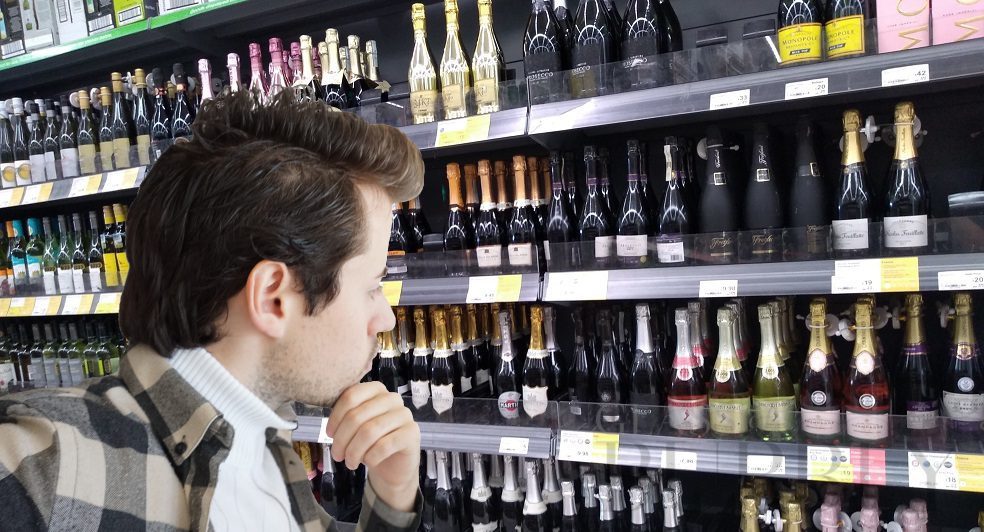
The world of Sparkling Wine is one that is constantly growing and to stay on top of everything that is happening in the industry is a full-time job, but for the average consumer who just wants to enjoy some Sparkling Wine, is it made too complicated?
With enough time, anyone could come to understand and remember the difference between the traditional method and tank method, the difference between DOC and DOCG, along with what Cartizze means and to understand the difference between Premier Cru and Grand Cru Champagne.
Educational courses are there to help those who have a deep passion for or wish to work in the Wine or Sparkling Wine industry to understand all the classifications, grape varieties, production methods, sugar levels, lees contact, acidity, tannins, aging potential and so, so much more, but almost exclusively at a cost, if you want to learn for free, then you’re best option is checking out the easy to understand and informative content from the likes of Glass of Bubbly.
But for those who just want to enjoy Sparkling Wine, without having to spend hours researching everything, can they get a simple understanding from the label or supermarket selection?
As Long As It’s Sparkling, Right?
For a lot of people, they won’t mind what they drink, as long as it’s sparkling, many people do know the difference between Champagne and Prosecco, if not by the production methods and grapes, but by the flavours, as each does have its own taste profiles.
But for a lot of people, all Champagne is the same and all Prosecco is the same, they won’t particularly know what Extra Brut, Brut or Extra Dry means, or why one is made with the Chardonnay Grape and one is made with the Glera Grape.
Is this actually important to someone who just wants to enjoy some Sparkling Wine? The production method and grapes used do both influence the flavours of the wine, but so does every winemaker, the stuff you normally find on supermarket shelves is made in a way that will appeal to the majority of palates, something simple, perhaps lighter, and not so complicated.
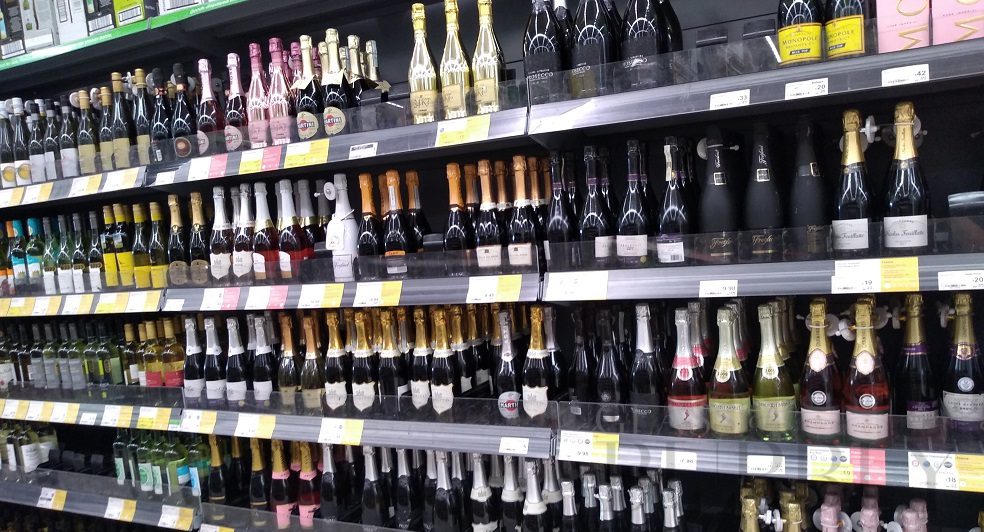
Like every artist painting a picture, every winemaker has their own style of making Sparkling Wine, so even if they used the same production method and same grapes, the final product will taste slightly different.
During our lives, we normally take on a favouritism for one kind of style and grape, but that is normally only achieved through experience/trial and error.
Of course, most of us are influenced by the price tag, as well as by the label, if you take a look at the picture above of the supermarket shelf, what bottles draw your attention? I’ll continue on the next line so you can take a look without me influencing you.
The shining gold and pink bottles stand out, you might have noticed the white bottle near the center, or perhaps you were drawn to the bottles on the right side of the picture as they appeared bigger, or you saw what was just ‘Mo’ of a pink Moët box on the top right.
The point is, after you’ve been drawn in by the branding/label, you’ll then look at the price tag and decide, this process works for most people and why shouldn’t it? If you looked at the shining gold bottle, it only costs £10, a decent price, a nice looking bottle and what will be, for most people, an enjoyable Prosecco inside.
That Gold Prosecco is just a DOC, which is the standard Prosecco classification, it’s the mass-produced area of Prosecco. to a lot of wine people Prosecco is often looked down upon in the industry, despite millions of people, including myself, really enjoying it. You can find some fantastic DOC Prosecco, but the majority of time DOC is considered a fun, easy, and cheap Sparkling Wine, that will provide exactly what you need.
If you step up to DOCG, which is the classification above DOC, you’ll find those Prosecco grapes grown on hilly vineyards which produce higher quality grapes, rather than the flat vineyards of DOC, they are very often hand-picked as machines can’t make the climb, which adds to the quality level.
To difference between DOC and DOCG as a final product in your glass, is that DOCG Prosecco will usually display a deeper complexity, still very much on the fruity and floral side, with the likes of honeysuckle added on, DOCG Prosecco allows you to spend some extra time discovering its characteristics, rather than just quenching your thirst, but no matter what Prosecco you choose, it will allow you to enjoy the moment with some bubbles.
The Sugar Levels Make No Sense

To the point of complication, the sugar level of Sparkling Wine works like such: Brut Nature (0-3 grams), Extra Brut (3-6 grams), Brut (6-12 grams), Extra Dry (12-17 grams), Dry/Sec (17-32 grams), Semi-Sec/Demi-Sec (32-50), Doux (50+ grams).
The parts that won’t overly make sense are the fact that Dry = Sweet and that Brut comes before Dry in the sugar level, but when you look at the meaning of Brut, it says ‘Very Dry’, but that ‘dry’ isn’t the same ‘dry’ as Dry, which means ‘free from moisture or liquid; not wet or moist.’, it makes no sense!
For someone who has no idea what the sugar levels of Sparkling Wine are, it would be understandable if they ended up getting stuck with placing them in the correct order.
It could look something like this, which isn’t correct:
- Extra Dry
- Dry
- Brut Nature
- Brut
- Extra Brut
- Demi-Sec
- Doux
They could very well end up putting Brut Nature first because the word ‘Nature’ could make them think it’s naturally made.
Am I Reading This Right?
Gaining a basic understanding of the main world of wine takes a little research, there’s no way around that, but to help the consumer when buying a bottle of Sparkling Wine off the shelf, the label is such an important part, the winery can sometimes make things way too complicated with their labels.
I’ve broken down how to read a Champagne label in a quick and easy way. To help you understand what a Champagne label is saying, you can read the article here: How To Read A Champagne Label
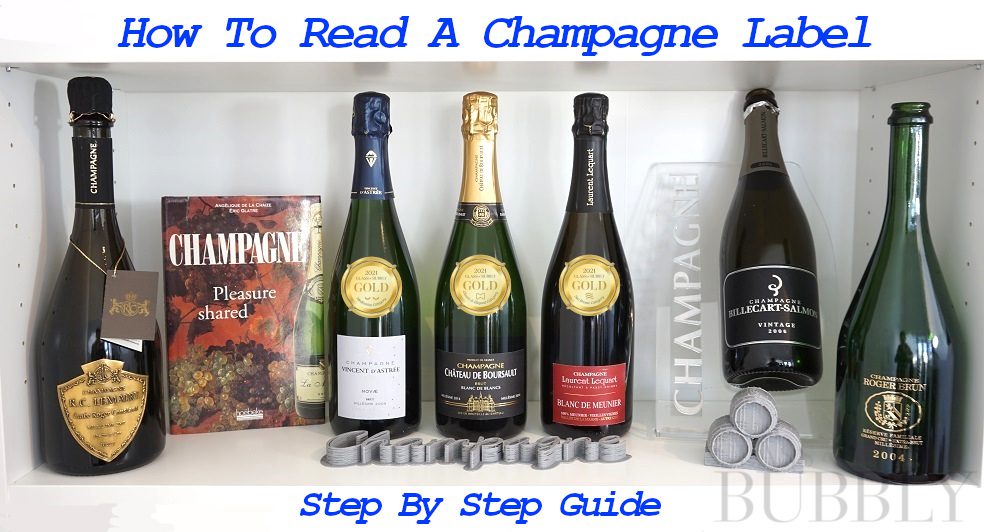
Often you’ll find the words Champagne, Prosecco, Cava or English Sparkling Wine on the label, along with the name of the winery, name of the label, the sugar level, perhaps a vintage year and sometimes the production method, you’ll often find the grapes on the back label.
Artistic labels may look awesome, and catch your eye on the shelf, but they still need to deliver the necessary information without overcrowding the label with extra unneeded words that can confuse you. Keeping your label simple and easy to read will provide the best chance of customer engagement.
Everything Is Champagne To Me!
Despite millions of pounds every year being spent on ensuring that this doesn’t end up the case, for some people, any Sparkling Wine is Champagne.
Champagne is a name, like Nike. Champagne is a Sparkling Wine that comes from the Champagne Region in France, it is very protective over its name and region, Nike is a shoe brand, you wouldn’t call every shoe you try on Nike (unless you only try on Nike shoes), so it’s not correct to call every Sparkling Wine Champagne.
But everyone has their own lives, so unless something directly impacts them, they don’t really care, that’s why it takes more money than most of us will ever see in a lifetime to get an image inside someone’s head, and to become a household name, that’s what Champagne did, and other than Prosecco doing the same to differentiate themselves as a different Sparkling Wine, the rest of the Sparkling Wine world sometimes ends up slipping into the category of Champagne in the minds of the everyday customer because they don’t know where this other Sparkling Wine could have come from.
What Is The Difference Between Champagne and Other Sparkling Wines?
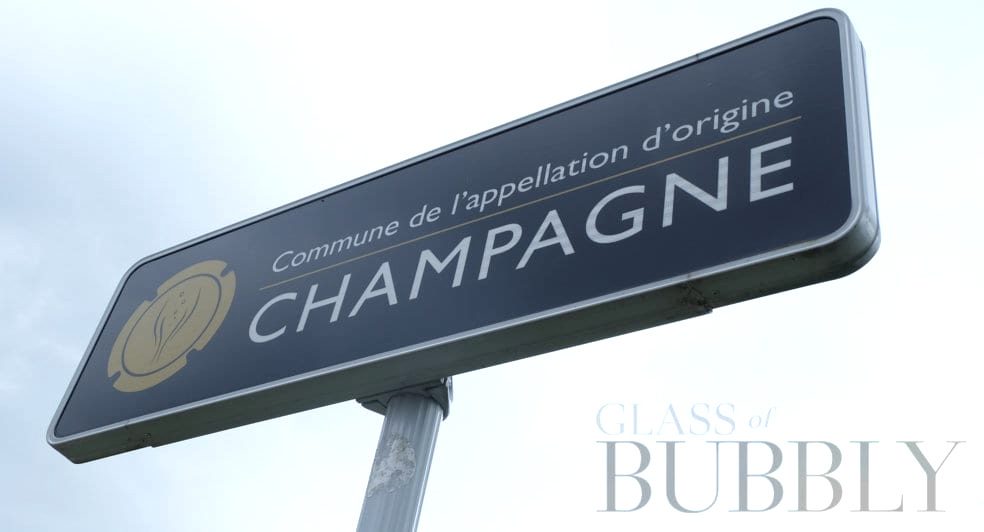
An old friend of mine once asked me this question, after hearing it I thought I would lay down some interesting facts, spending several minutes explaining the difference, but before I could get a word out, he said “it’s just Sparkling Wine, isn’t it?” Technically he was right, all I could say was “yes”, to answer that question in the simplest form, Champagne is just Sparkling Wine, the only real reason it is called Champagne is that it’s grown in the Champagne Region.
A Champagne Producer and a Sparkling Wine Producer (let’s say from Germany) could both make a Sparkling Wine in the exact same way, with the same grapes and the same method, but by the end of it, the Champagne Producer makes their Sparkling Wine in the Champagne Region, so it gets to call itself Champagne, whereas the German Sparkling Wine producer cannot.
Did You Learn Anything?
The most important things to take away from this article are the following:
1 – If a bottle doesn’t say Champagne or Prosecco on the label then it won’t be called as such, check the back to see which country it comes from.
2 – Try and remember the sugar levels, Extra Brut, Brut and Extra Dry are the three most common levels, with Brut considered the standard, it is also the most popular.
3 – DOC is the standard level of Prosecco, and DOCG is a step up, they can be identified by a Blue label for DOC and a Brown label for DOCG around the neck of the bottle.
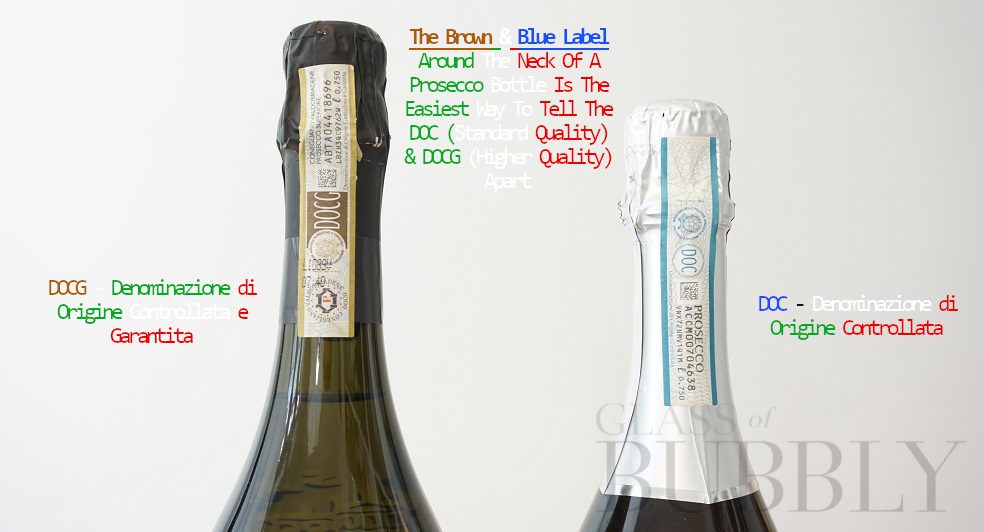
![]()
Oliver Walkey
Champagne and Sparkling Wine Writer, Focused on Bringing the Exciting and Fascinating World of Bubbly to You.
